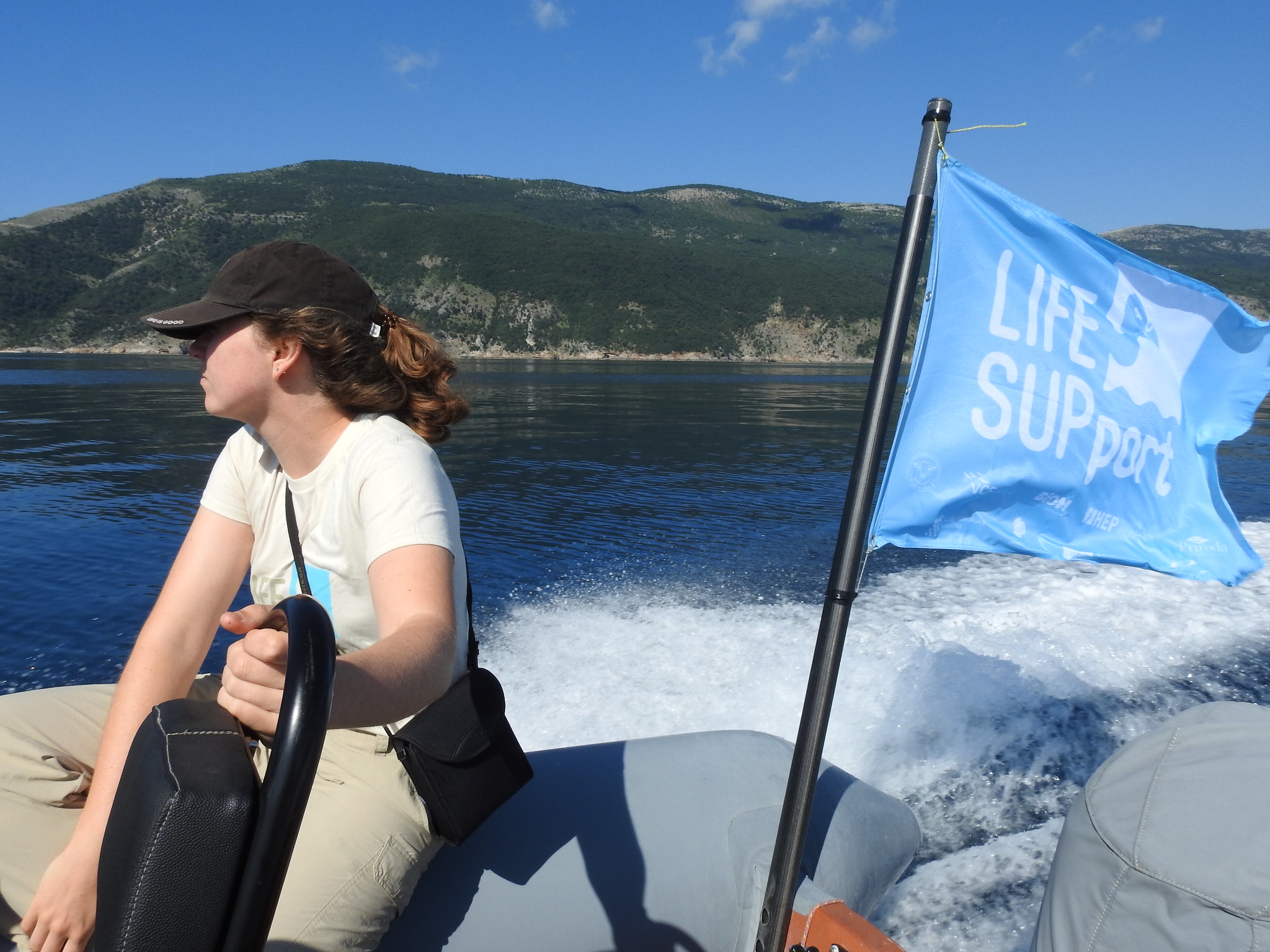The proposal of the EU Nature Restoration Law, which sharply divided left and right winged MEPs, survived the vote in the European Parliament
On July 12, members of the European Parliament gathered in Strasbourg to approve the report on Nature Restoration Law – the subject of much controversy in recent months. Let us remind you that the
Nature Restoration Law is essential for the fight against climate change, the loss of biodiversity and the risk mitigation of food safety. By 2030, member states must introduce restoration measures that will cover at least 20% of all terrestrial and marine areas, and restore to good condition at least 30% of each habitat in terrestrial, coastal, freshwater and marine ecosystems that are currently not in good condition.
Nature Restoration Law as a victim of politics
MEPs first voted on whether to reject the Commission’s proposal in its entirety.
By a narrow majority, 324 voted against rejecting the proposal, while 312 supported rejection and 12 abstained. It seemed that the conservatives, the far right and some liberal members of the European Parliament were using this Regulation as a springboard for the European elections next year.
–It’s still disappointing that the law fell victim to populist grandstanding led by conservatives and the far-right and was significantly weakened overall. Now is the time for EU citizens to send a strong signal to the political class at next year’s elections that they won’t stand for politicians playing political games with their future – said
Tatiana Nuño, senior maritime policy officer at Seas At Risk.
The regulation is weakened, but still encourages the restoration of nature
Finally, when the European Parliament adopted its position on the Nature Restoration Law by 336 votes, with 300 opposed and 13 abstentions,
the European Union’s efforts to enforce its European Green Plan got a boost. However, aligning with the position of the European Council,
the Parliament voted for a watered-down text that will do little to significantly restore nature and oceans, prevent biodiversity loss or combat climate change.
– The Nature Restoration Law was called out in the media as a threat to Croatian fishermen, but
we have to accept that both Adriatic fish and Croatian fishermen are already at risk. Nature has already reached the limits of its endurance. Nature restoration measures aim at better regulation of industrial fishing, which has a negative impact on the environment. The protection of the Jabuka basin is an example of nature restoration measures which show benefits for both fishermen and nature. We have a long way to go until we obtain the necessary, ambitious tools to deal with the climate and biodiversity crisis
– emphasized
Zrinka Jakl, President of
Association Sunce.
Even if the agreement is weaker than expected, the new deadlines and provisions on the Common Fisheries Policy are worth celebrating. It should be kept in mind that the process is not over yet, the Nature Restoration Law must go through a trialogue in which the final version will be negotiated.
It is time for strong and professional regulations
– The example of nature restoration as part of the Dinara back to LIFE project shows how the restoration of grasslands, ponds and wells can help revive and develop Croatian villages.
All sectors, including fishermen and farmers, must abandon harmful and unsustainable work methods and work together with experts on new approaches – added
Ivana Selanec, Executive Director of
Biom Association.
It is time to enact strong regulations that will turn words into actions and ensure the survival of nature and people on our planet.
Ivana Selanec, Biom Association

Zrinka Jakl, Sunce Association

 Zrinka Jakl, Sunce Association
Zrinka Jakl, Sunce Association







